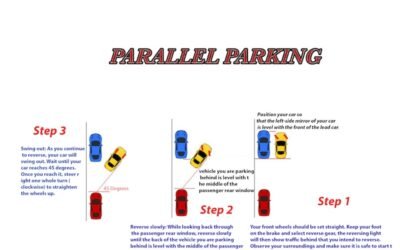Becoming a driving instructor with Oxon Driving Tuitions is a great career choice, meeting new people and empowering them to learn how to drive. It can be as flexible as you need it to be and can be arranged around your present work and life fulfilments. To be a successful driving instructor you will need just two skills, good communication skills and the drive to build a successful career.
What is the process of becoming a driving instructor?
The process is being broken down into 4 steps:
1) Apply for a DBS check which will be sent to you and to the DVSA (Government) this can be done at https://www.gov.uk/criminal-record-check-become-driving-instructor.
2) Once you have received the DBS check, you can then apply the DVSA driving instructor register, which can be done online and the DVSA will issue you with a unique reference number. This is referred to as your URN or ADi No. All tests are then booked via a log-in that the DSVA will give you.
Part 1: Driving instructor Theory test
It is similar to the theory test you took as a learner, but with more questions and a stricter pass threshold. That means you need to read up on the Highway Code, traffic signs and general driving skills. There’s also a hazard perception section
Once you are ready, You’ll have 1 hour and 30 minutes to answer 100 multiple-choice questions. These are divided into 4 sections:
- Road procedure
- Traffic signs, control, pedestrians and mechanical knowledge
- Driving test, disabilities and the law
- Publications and instructional techniques
You must get at least 20 (out of 25) correct on each section.
After that, there are 14 video clips to watch, during which you should click every time you see a developing hazard. Each hazard can earn you up to 5 points, depending on how early you spot it.
Cost: £81
Attempts Allowed: You have unlimited attempts to pass part 1 of the ADI tests
Part 2: Driving Ability
It is similar to the practical test you took as a learner, however, you have to show that you can drive at an expert level. You will be tested on:
- Eyesight
- ‘Show me, tell me questions
- General driving ability
- Manoeuvres
- Independent driving
The test will last for 1 hour, you’ll have to answer 5 ‘show me, tell me questions, rather than 2. The rules are much stricter for ADIs, too. For example: failing a question on the ‘show me, tell me’ section will result in a minor fault; failing to answer any of the questions correctly counts as a major fault and so an overall fail on the test.
Cost: £111
Attempts Allowed: 3
Part 3: Instructional Ability
Finally part 3, the instructional test. During an hour-long lesson, you will have a DVSA examiner sit in the back of your lesson and she/he will be looking for core competencies to ensure that you are at the correct level.
During this ‘lesson’ you will be marked on 17 areas (each with a possible score of 0-3 points), which are divided into 3 categories:
- Lesson planning
- Risk Management
- Teaching and learning strategies
Check out the Part 3 test report form. For a full list of each of the 17 areas, The safety of learner drivers is obviously a high priority, so bear in mind that a score of 7 or less on the risk management category will result in an immediate fail.
On completing the test, you’ll be told whether you’ve passed or failed. There are two different levels at which you can achieve a pass. Grade B—well done, you can get on the ADI register! Or Grade A—check you out! Not only are you allowed on the register, but you’ve also shown a particularly high standard of instruction.
Cost: £111
Attempts Allowed: 3
After passing part 3, you have 12 months to apply for your ADI badge. This is a certificate that means you’re on the ADI register and thus legally allowed to charge money for teaching people to drive.



0 Comments